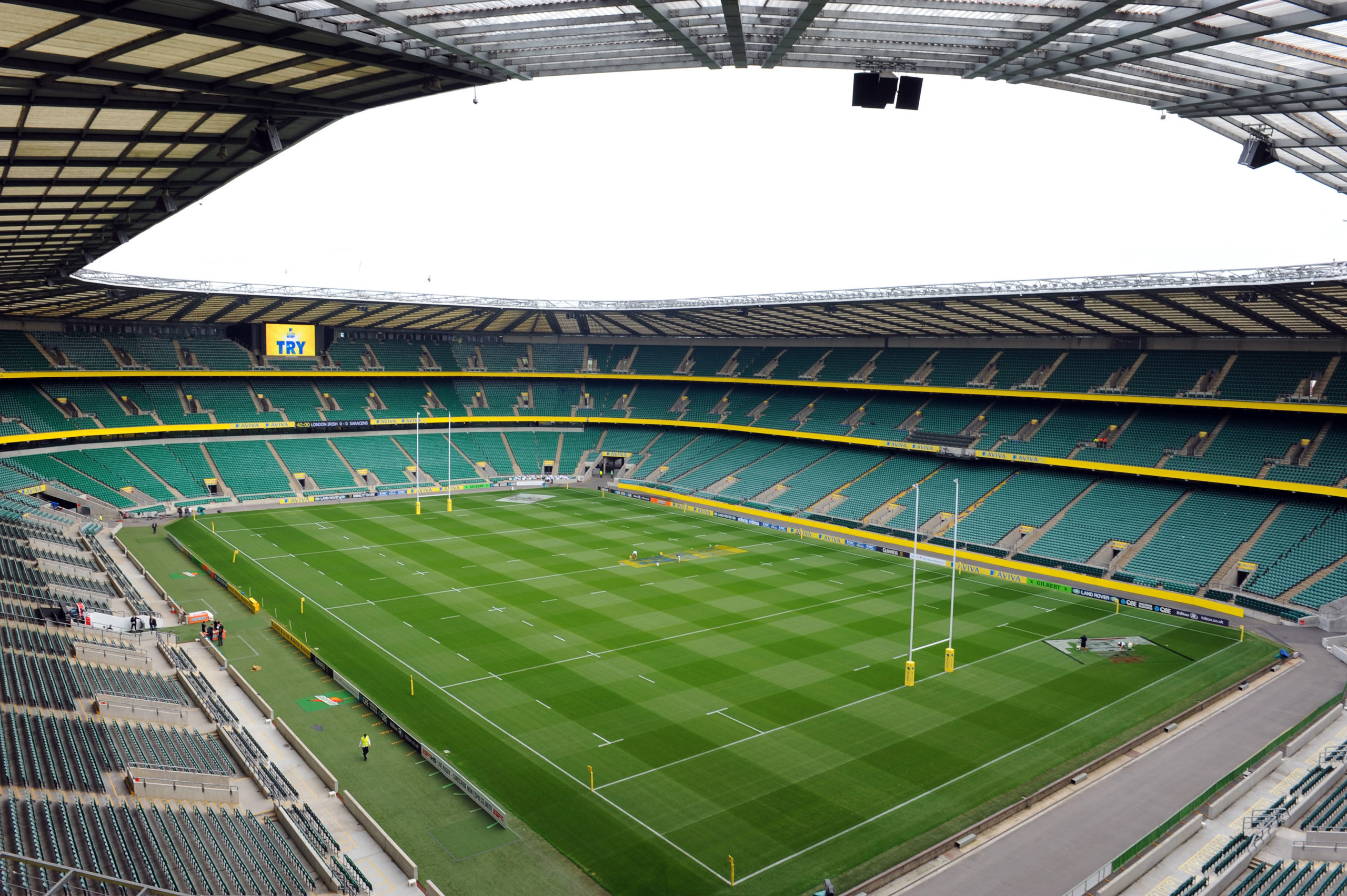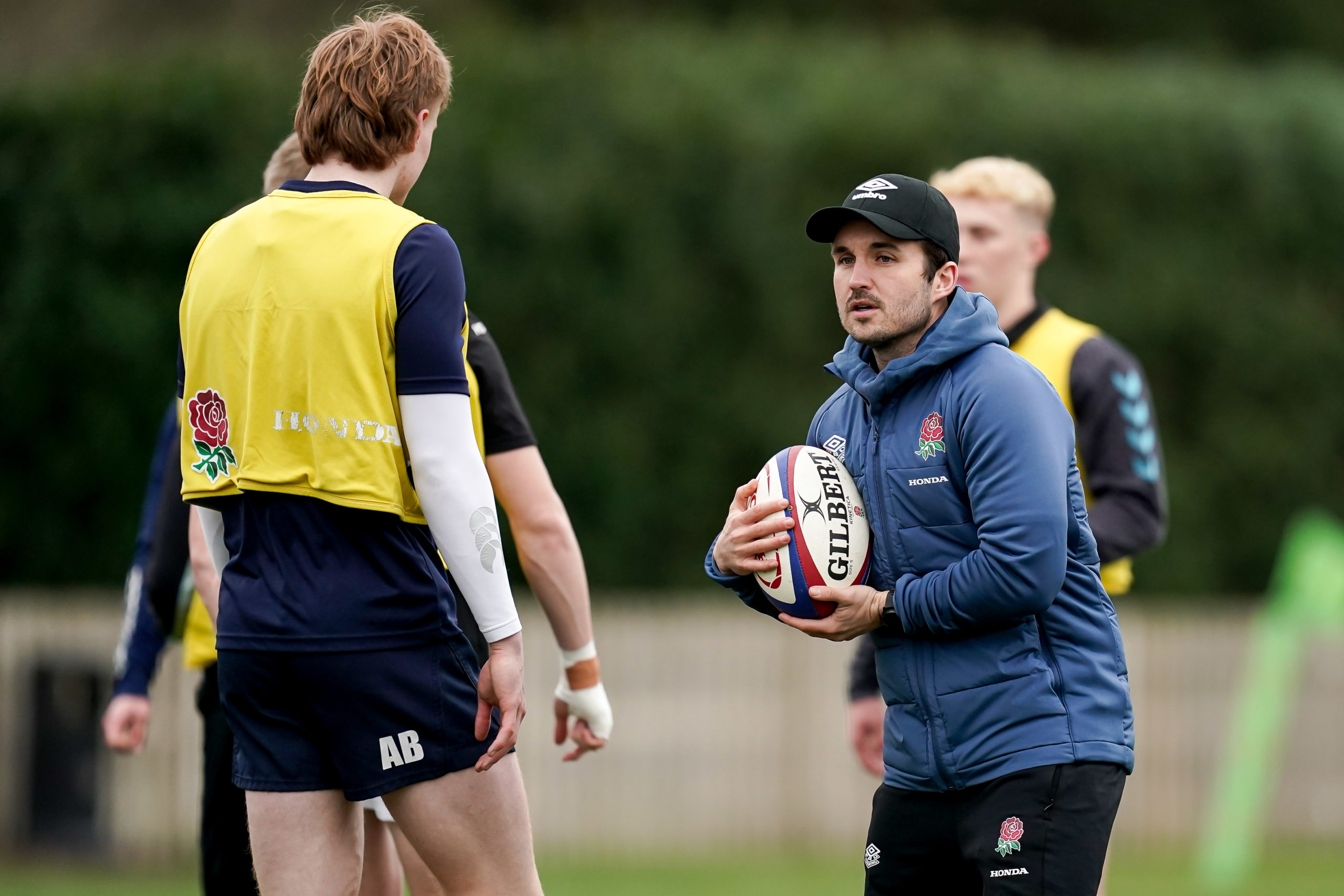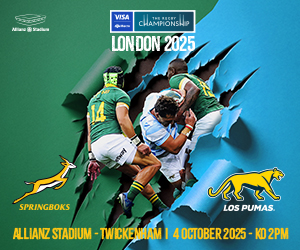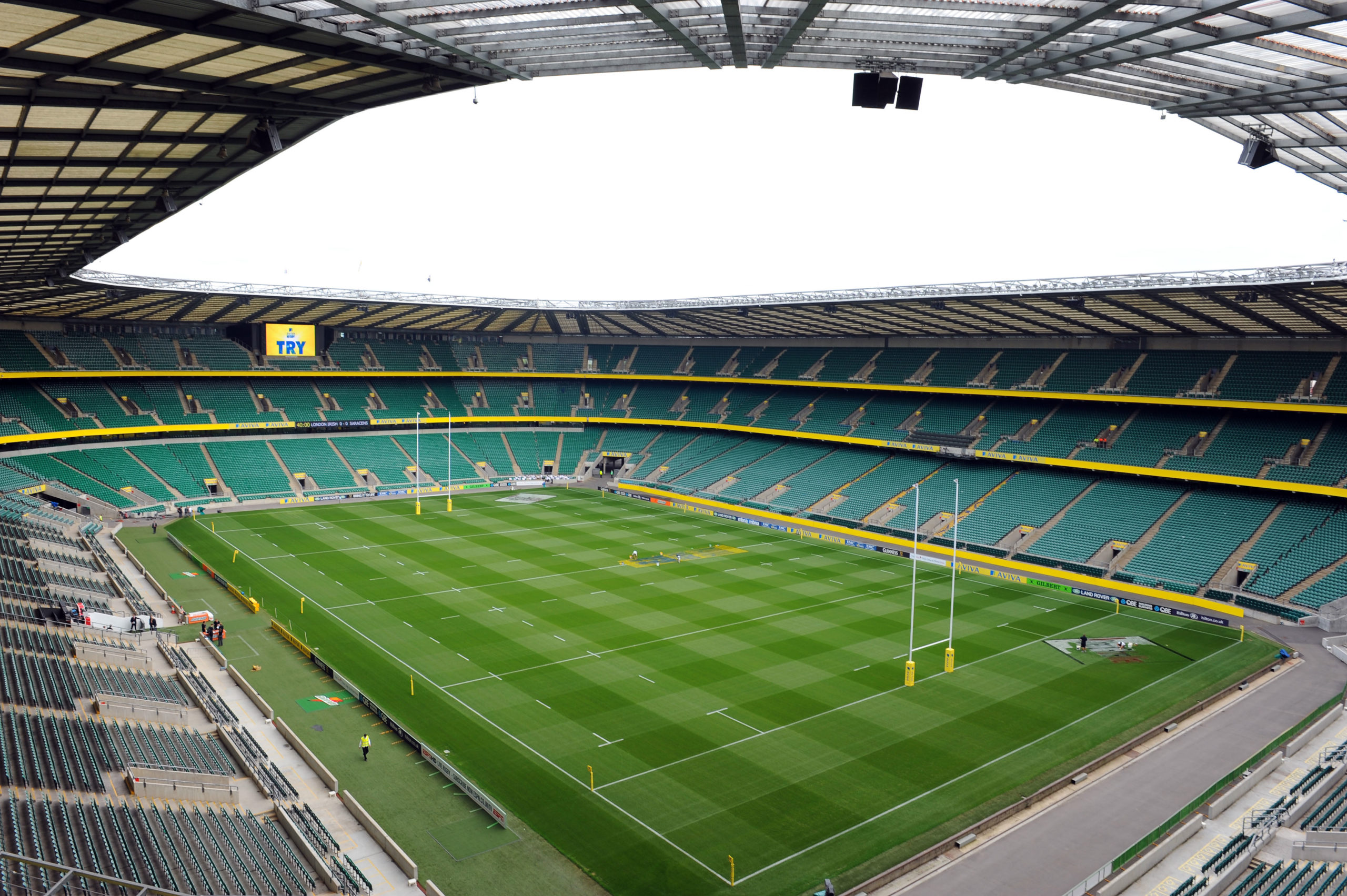
There has always been an argument about which version of football is better. If we look at things from a wider perspective, both sports are the same. The blueprint and motive are similar. It’s the format, playing conditions, and other things that differ. For a layman, both sports are identical. However, there are a few differences that keep the argument of rugby versus American football alive. For a more detailed comparison and insights into these sports, you can explore the analysis provided by bookmakers at onlinecasinosspelen.
While rugby and American football share some similarities, their differences are vast, from the structure of the game to the protective gear used. Similarly, new casinos without BankID offer unique features, allowing players to enjoy online gambling without needing BankID, providing a more accessible experience for international players.
Undoubtedly, both sports have a massive following worldwide. In fact, to some extent, the NFL is a bigger brand. It’s one of the most paid and most-watched sporting leagues in the world. The interest of people in NFL betting is evident.
Rugby and American football may share some similarities, but their key differences make them unique sports in their own right. Similarly, gaming enthusiasts can experience variety and excitement at nettcasino.com, where a wide range of games awaits.
The success of the Super Bowl is no secret and is probably the highest revenue-generating event. On the other hand, rugby enjoys support from the playing nations. The Rugby World Cup is the biggest stage of all in rugby.
The rivalries in both rugby and American football are of the highest level. Despite being from the same country, the clashes in American football, even at the collegiate level, are noteworthy.
Similarly, the rivalries between South Africa, Australia, and New Zealand are featured in the greatest rivalries of all time. Before we get into the differences, one thing is for sure: American football is derived from rugby.
Differences between Rugby and American football
The excitement, drama, thrill, and passion of both leagues are the same. You will enjoy watching either version. The following are some notable differences that distinguish one from the other.
Playing field
The playing field for rugby is bigger than American football. It’s longer and wider, pushing players an extra mile. The American football pitches are the same regardless if it’s high school, collegiate, or the NFL. Every playing field is standardized and has the same dimensions, whereas rugby fields can differ from place to place.
A standard American pitch is 100 yards long and 53 1/3 yards wide. The rugby field is 122-134 yards long and 74-76 yards wide. The end zones also have different dimensions, American football has a 10-yard end zone, and rugby has a 5.5-24 yards end zone on each side.
These differences may not feel substantial, but because of the physicality, every yard matters. It’s a test of a player’s strength and stamina. Therefore, every inch counts.
Ball dimensions
Both sports have the same dimensions for the ball. The law requires both balls to be of the exact weight, which is around 15 ounces. The length is around 11-11.25 inches, while the circumference varies. American football has 28 inches, and rugby has 22.8-24 inches. The air pressure is also different. It’s 12.5-13.5 lbs in American football and 9.5-10 lbs in rugby.
Another primary and noticeable difference is the grip. American football has stitches or laces to help the quarterback hold the ball easily. Rugby is rounded and bounces more, while American football is pointy.
Protection gear
The most obvious difference is the protective equipment a player wears. In American football, it’s standard irrespective of the playing position. In rugby, the gear varies with every position.
A player in American football is more protected and has to wear shoulder pads, helmets, elbow pads, gloves, cleats, and hip and knee paddings. For rugby players, there is nothing much, and they are more exposed. They wear skull caps and body protection. The difference in equipment also has to do a lot with the playing style.
Playing rules
The significant differences between the two are the playing rules. In rugby, there are 15 players on a team, while American football has 11 players on a side.
The roster of American football players seems endless, as they can sub in and out at any time. During rugby matches, a 23-player squad is used. When a player is substituted out, they are done for the match.
As a result, rugby players are in a unique situation where they have to do everything and can do everything. The positional specialization of American football players is far greater. They also play in short bursts and keep rotating because of the brutal nature of the sport.
In rugby, the players do more than required. Whereas in American football, each player has a specialized role and training for it.
Touch down
In rugby, a touchdown is valid only when the ball touches the ground with downward pressure. In American football, the ball only needs to cross the goal line and does not need to be grounded. Touch down in rugby is worth five points, and in football, it’s six.
Tackles
When a rugby player is tackled, the ball must be released, making it live and available for both teams to play. Whenever a player is tackled in football, the play is over, and time is given to call/run another play.
It takes four attempts for an American football team to get 10 yards. In the case of a failure, the ball is turned over. Hence, this is why on fourth down, teams often punt to gain field position.

1 Comment
You must be logged in to post a comment Login
Leave a Reply
Cancel reply
Leave a Reply
You must be logged in to post a comment.

British and Irish Lions
Unconvincing British and Irish Lions labour to patchy victory over ACT Brumbies
British and Irish Lions
British and Irish Lions: Elliot Daly Silenced the Doubters; Now It’s Time for Owen Farrell




















Pingback: faceless youtube automation